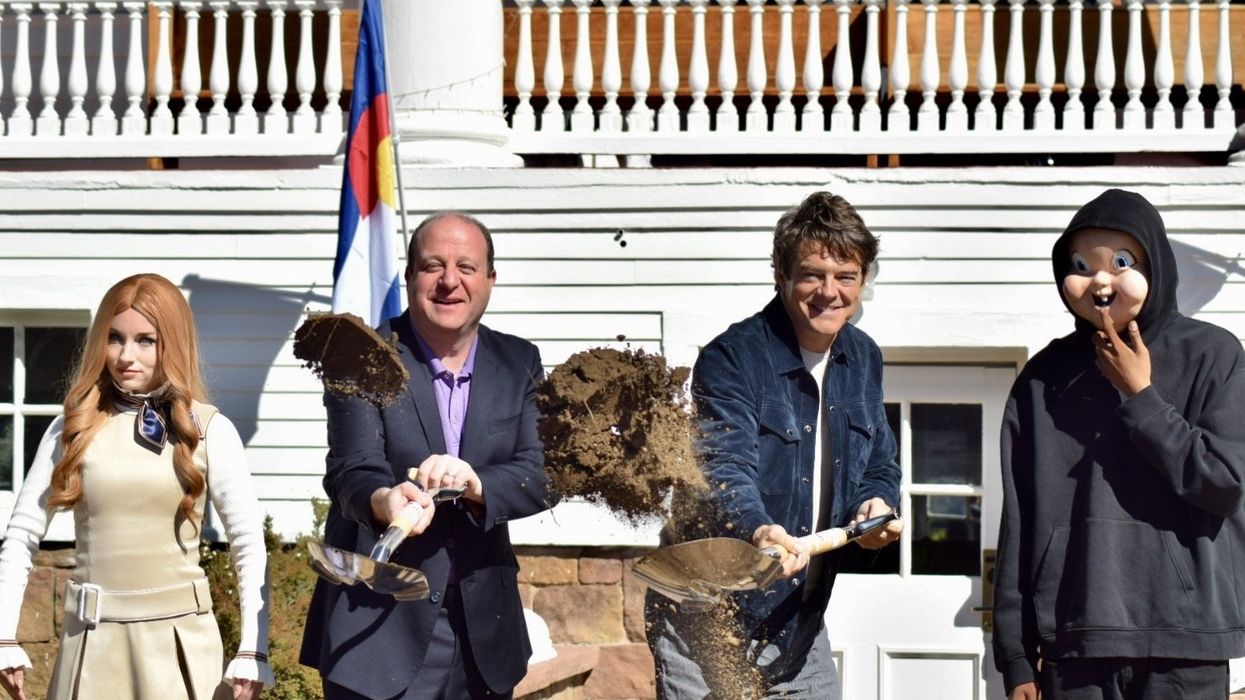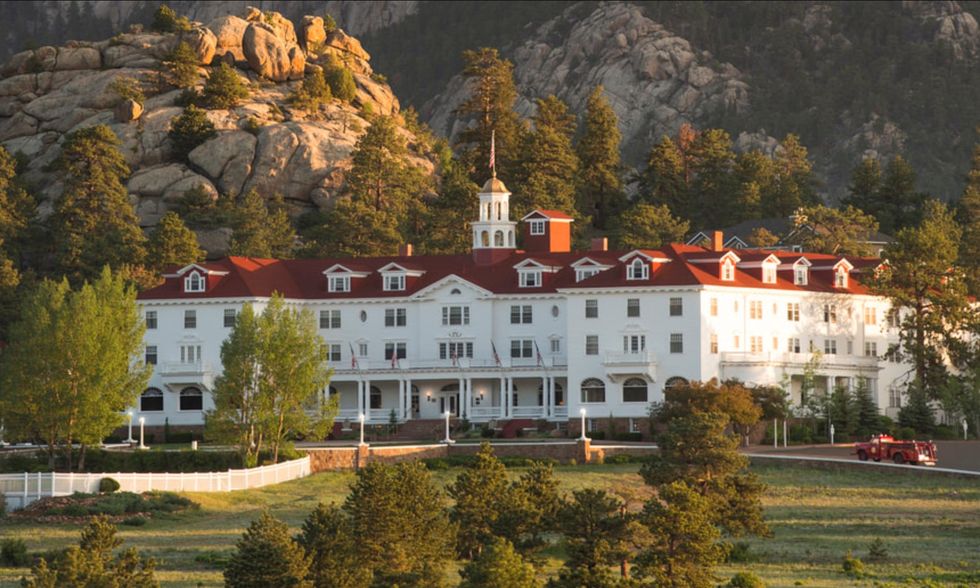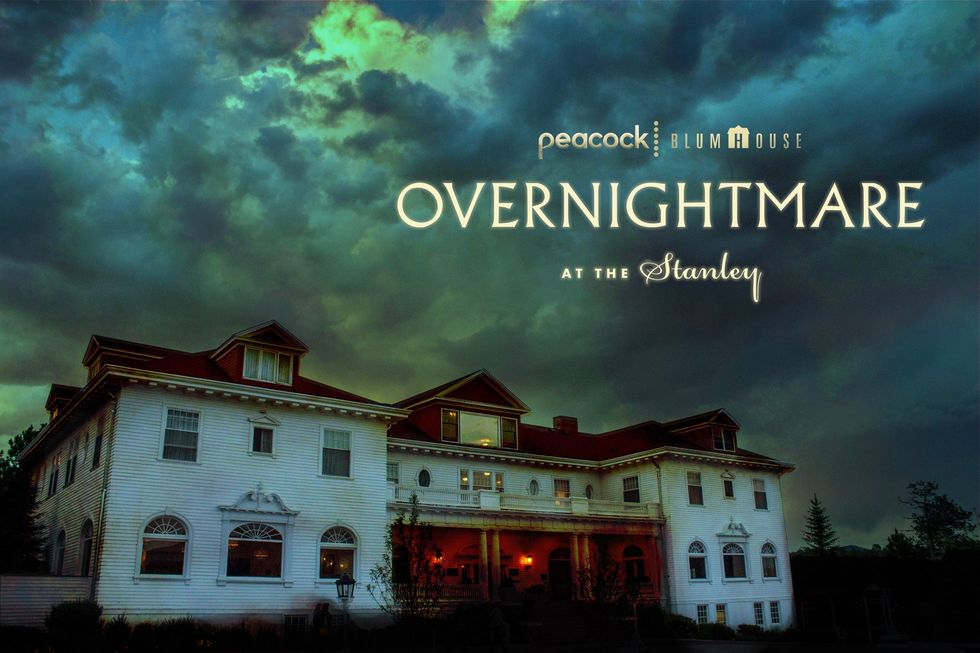Ralph Appelbaum Associates (RAA), a multidisciplinary firm specialising in the planning and design of museums, exhibits, educational environments and visitor attractions,served as the exhibition designer for the new Antonín Dvořák's Birthhouse Museum in Nelahozeves, Czech Republic.
The innovative museum, which opened on the composer's birthday, 8 September, tells the story of Dvořák's childhood experiences in a Bohemian village in the mid-19th century and how these memories influenced his world-famous compositions.
The Dvořák Birthhouse, built in the 17th century, was purchased by the Lobkowicz family in 1884. The 700-year-old House of Lobkowicz, one of Europe’s oldest noble houses, oversees five cultural heritage sites, including the Lobkowicz Palace in Prague Castle, Nelahozeves Castle, and the adjacent Antonín Dvořák Birth House, Roudnice Castle, and Střekov Castle.
The Lobkowicz Collections, o.p.s., is a Czech non-profit managing one of Europe’s oldest private art collections, dating back over 2,000 years.
A new interactive approach
The building was designated as a cultural monument in 1951, and the Antonín Dvořák Society established its first permanent exhibition. In 1971, a new exhibition was introduced, and the house was taken over by the National Museum. This remained on display until the Lobkowicz family decided in 2019 to renovate the museum itself and develop this new, innovative exhibition.
At the new Antonín Dvorák Birth House Museum, visitors explore an interactive exhibition connecting Dvorák's childhood experiences — which influenced his music — to his works. His early life is reflected in his compositions, and the museum helps visitors experience these connections.
RAA and its team of local expert consultants were commissioned by the Lobkowicz Collections as the exhibition design team to develop this spatial visitor experience in the tavern building where Antonín Dvořák was born. This new museum adopts a highly interactive approach that is unique in the Czech Republic and beyond. It is RAA’s first museum project in the country.
The visitor experience
For the House of Lobkowicz and Lobkowicz Collections, it was crucial to fundamentally reconsider the Dvořák Museum and the entire site, beginning with the renovation of the farm complex that includes the tavern and the museum.
The aim was to develop a modern approach that distinguishes it from other existing Dvořák museums, as the authentic birthplace of Antonín Dvořák. RAA was commissioned to develop this concept in collaboration with the client, subject matter experts, musicians, and museum directors and advisors from Prague and abroad.
RAA aimed to craft a distinctive story that could only be told in Nelahozeves. The design features an interactive musicological method to examine the bond between multisensory settings and music creation. The team developed a cutting-edge, non-linear, interactive audio experience, enhanced by RFID tags embedded throughout the exhibition, ensuring each visitor has a personalised encounter.
Despite his fame and wealth, Dvořák remembered his humble beginnings, often reflecting on his birthplace. The tavern and farmyard remain central to his story.
The actual spaces of the farm's houses—such as the tavern building, granary, and barn—were carefully renovated to match the design by Wright & Wright Architects.
Within the granary building, visitors can explore the village of Nelahozeves and its residents in the 19th century. They can also learn about Dvořák himself, who takes on the role of narrator, inviting visitors to experience his childhood and birthplace.
The design of the ground-floor rooms in the tavern evokes the experience of entering a historic guest house and mirrors the functions of the rooms during Dvořák's childhood. The goal was to craft an authentic environment and mood by incorporating architectural and interior elements, fixtures, furnishings, music, and ambient sounds that reflect the daily life and work activities in this distinctive setting.
On the first floor, broader themes such as religion, education, and nature are explored to trace the influence of these childhood experiences on his compositions in a scenographic manner, while simultaneously capturing the intangible, fleeting, and ephemeral aspects of Dvořák's music visually and spatially.
A new chapter
“After nearly ten years of intense planning, restoration, and curatorial work, a new chapter in the life of this place is beginning,” says William E. Lobkowicz, head of the family.
“We wanted to create not just a museum, but a true house of inspiration. To show what shaped the son of a humble butcher who became one of the geniuses of world music.”
Eleonore Kinsky, musicologist and key partner, adds: “Our intention is to provide visitors of all generations with a truly interactive experience – to explore things up close, lift them, touch them, and at the same time listen carefully.
“In fact, the key element of the exhibition, in my opinion, is the audio guide, in which they will hear not only Dvořák’s most famous and lesser-known compositions, but also stories from the life of Nelahozeves at that time.”
“Our design approach for the new Antonín Dvořák's Birthhouse Museum conveys the childhood inspirations that Dvořák expressed in his musical compositions,” says Tim Ventimiglia, director of RAA Berlin and project lead for the design.
“It communicates Dvořák's oeuvre in a variety of playful ways, using traditional materials and manufacturing techniques that were already in use during Dvořák's lifetime. We want to bring Dvorak's music to life in the rooms of his childhood and create opportunities to experience the themes that inspired him throughout his life.”
The project team
The exhibition was designed by the Ralph Appelbaum Associates (RAA) team working out of the Berlin office, with creative direction led by Tim Ventimiglia and concept design managed by Jona Piehl.
Content development and coordination were overseen by Anne-Maike Ewert, while Anita Walter handled physical design. Project and site management responsibilities were carried out by Martin Micka, and graphic design was coordinated by Filip Blažek. Lighting design was the work of Pavla Beranová.
The architectural aspects were managed by Wright & Wright Architects. The fabrication and installation of the exhibition were executed by Capacity Expo, with sound design provided by All Senses. Maurfilm handled animation, 3Dsense took care of technology, and Vojtěch Šeda worked on the illustrations.
Opened in 2012, RAA's Berlin studio launched the Weltmuseum in Vienna in 2017 and TING: Technology and Democracy at the Norsk Teknisk Museum in Oslo in 2014.
Subsequent projects include the Humboldt Forum Berlin (2020), the Józef Piłsudski Museum in Sulejówek, Poland (2020), the Evolution and Biodiversity Halls at the Natural History Museum in Stuttgart (2023), the Economy Museum in Stockholm (2024), and PETRI Berlin (2025).
The Berlin team is currently working on designs for the new Museum of Franconia in Würzburg, the Focke Museum in Bremen, the expanded exhibition in the Old Tower of the Kaiser Wilhelm Memorial Church in Berlin, the Museum of the Viking Age in Oslo, Norway, and THE WHALE in Andenes, Norway.
See also:Museums for all: RAA and the power of community-driven design
All images credit Martin Micka/Antonín Dvořák's Birthhouse Museum
Charlotte Coates is blooloop's editor. She is from Brighton, UK and previously worked as a librarian. She has a strong interest in arts, culture and information and graduated from the University of Sussex with a degree in English Literature. Charlotte can usually be found either with her head in a book or planning her next travel adventure.
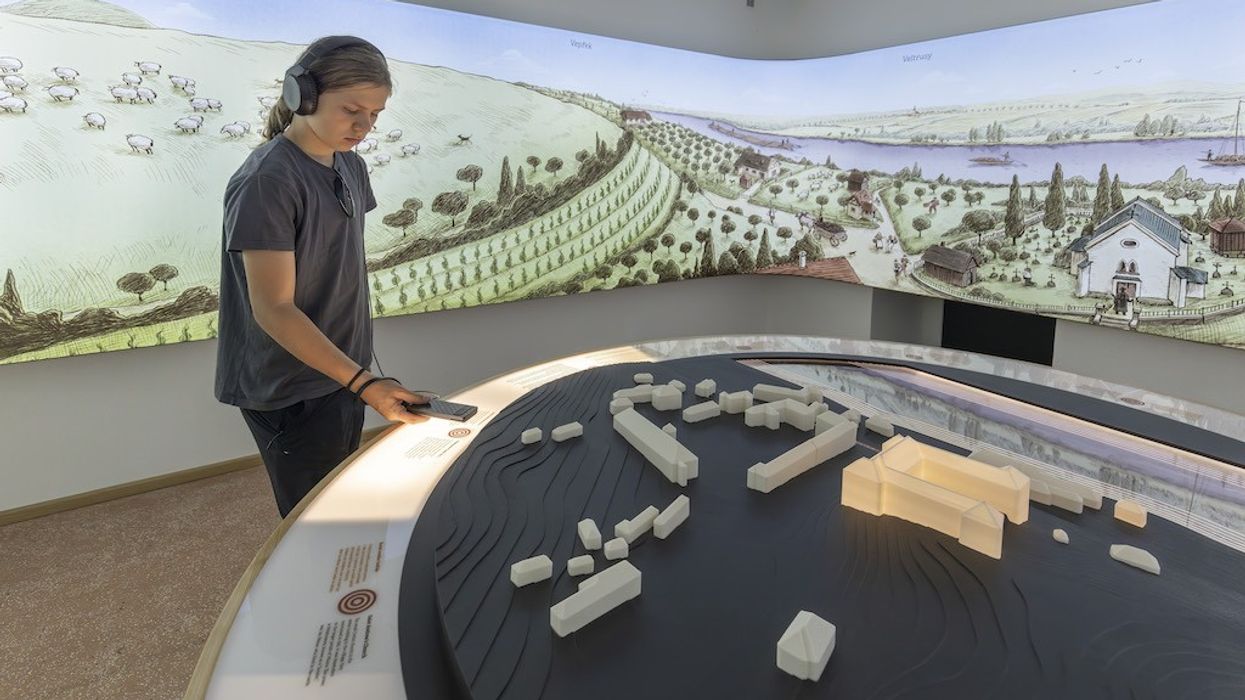

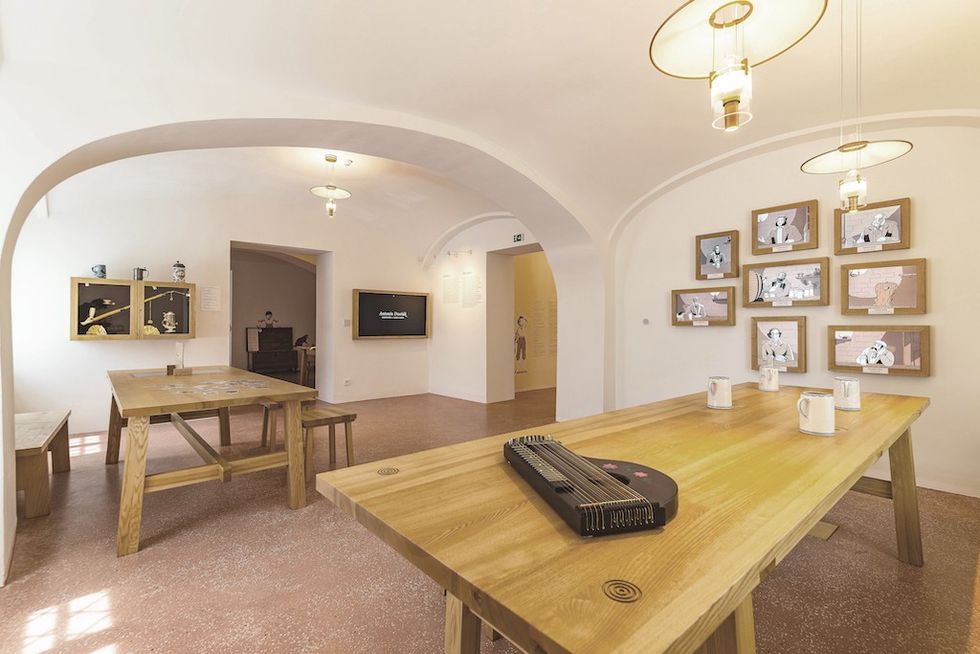
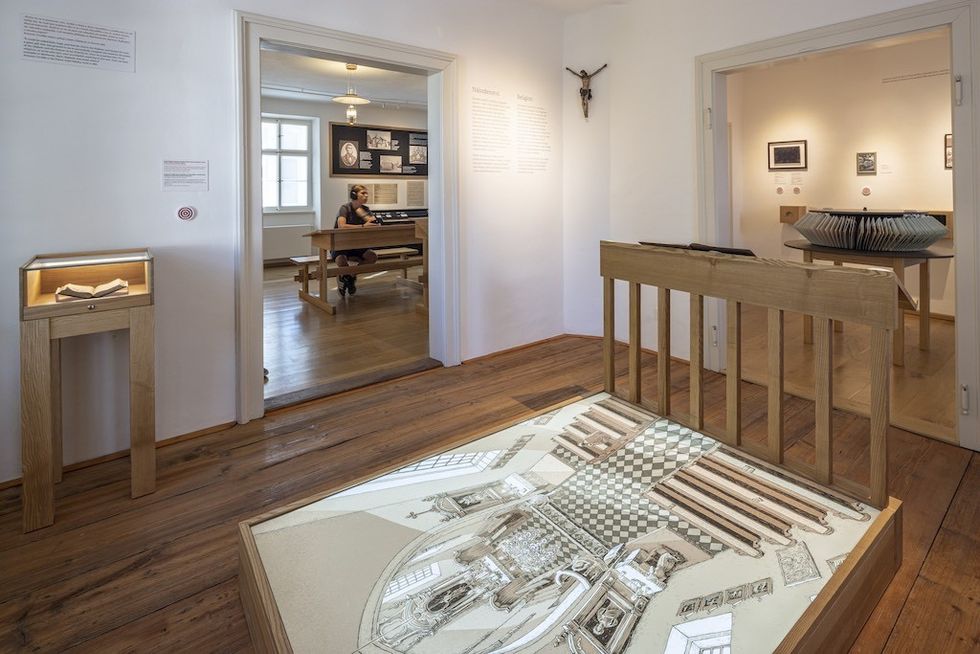
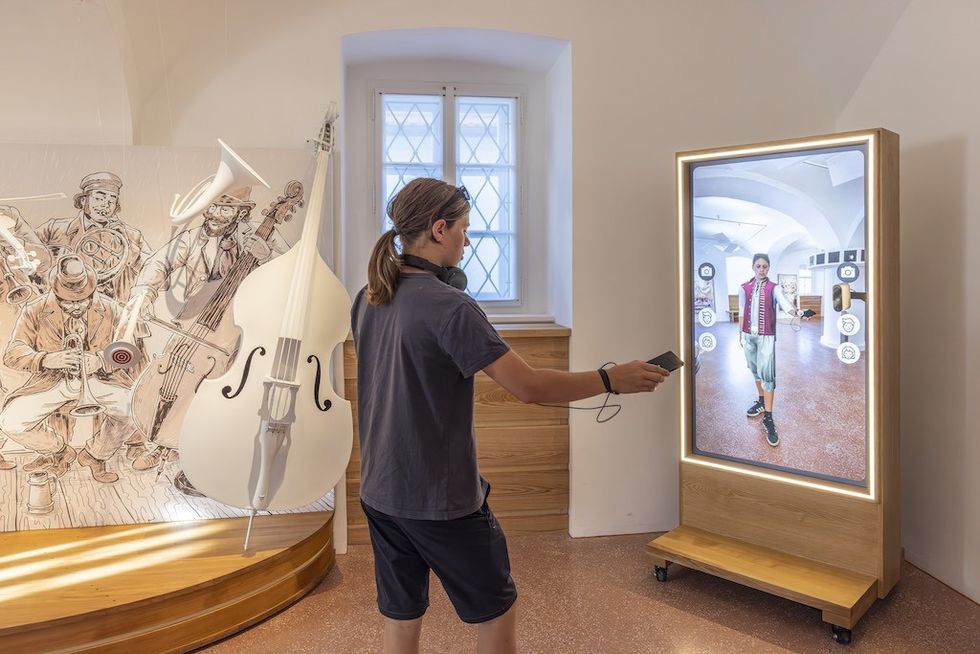
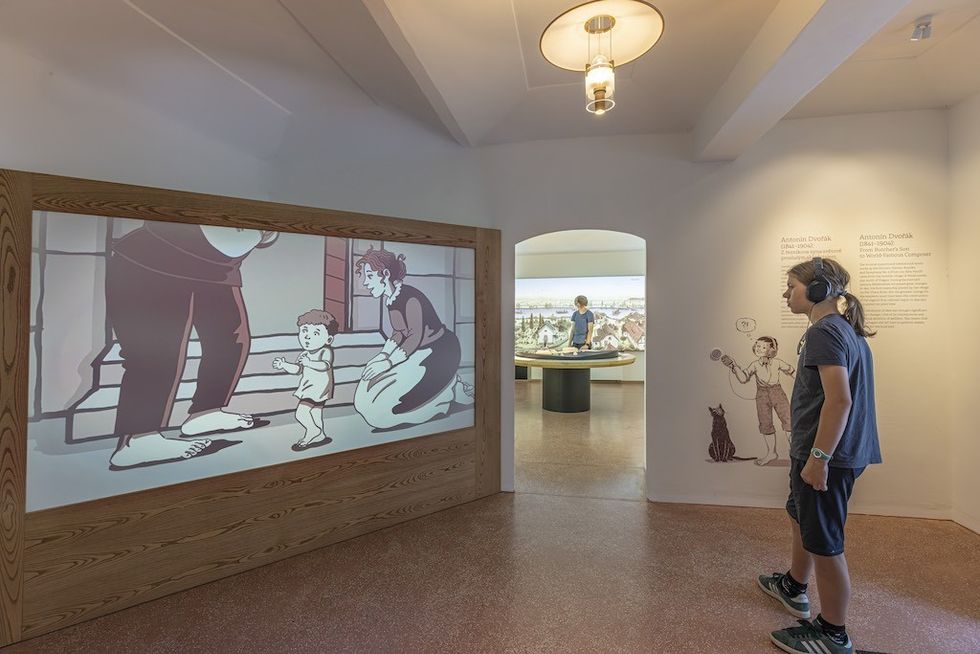

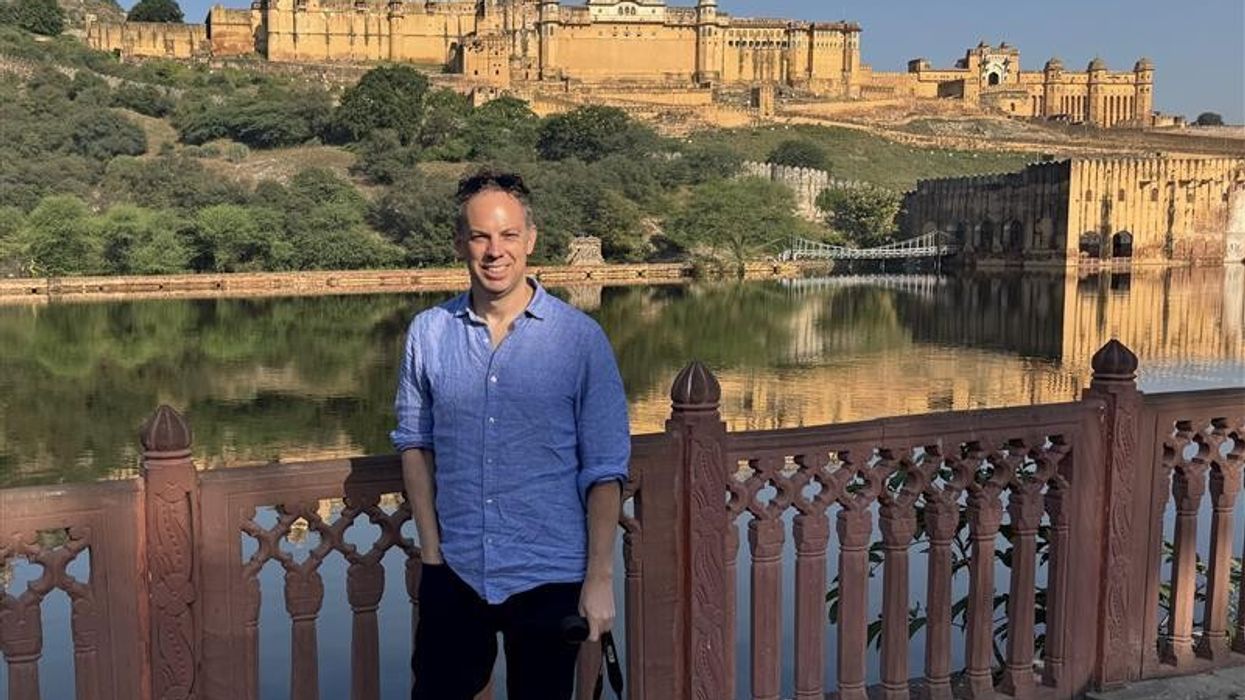
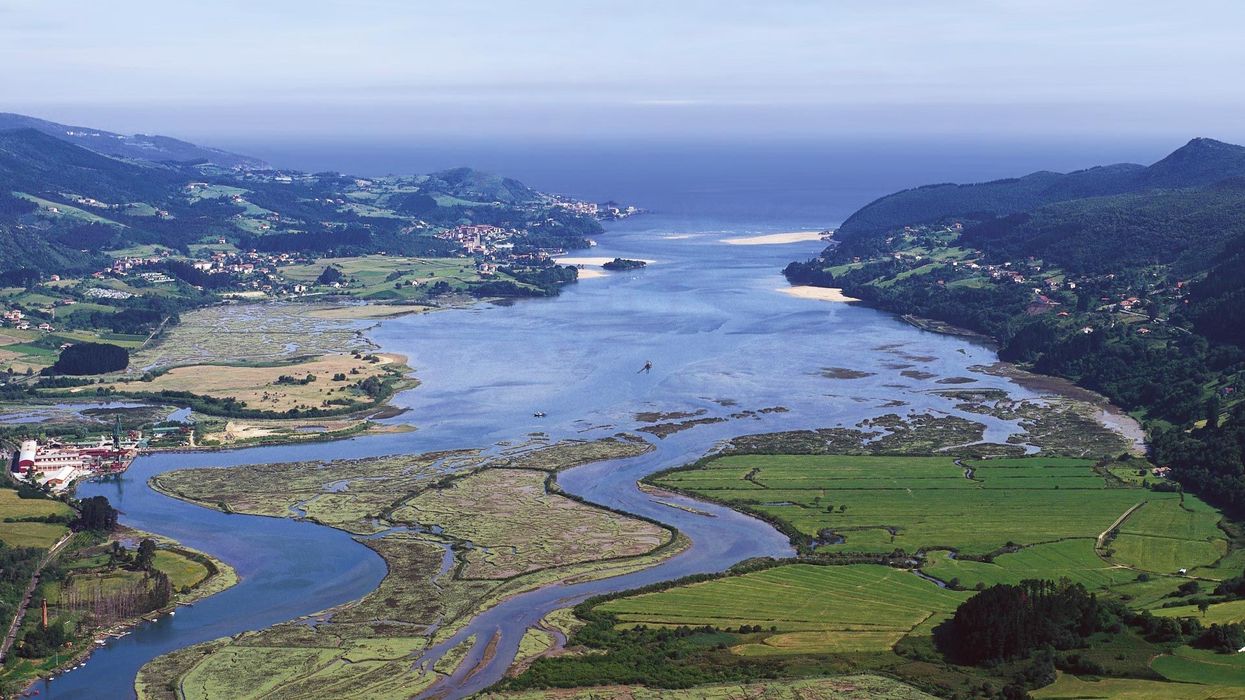
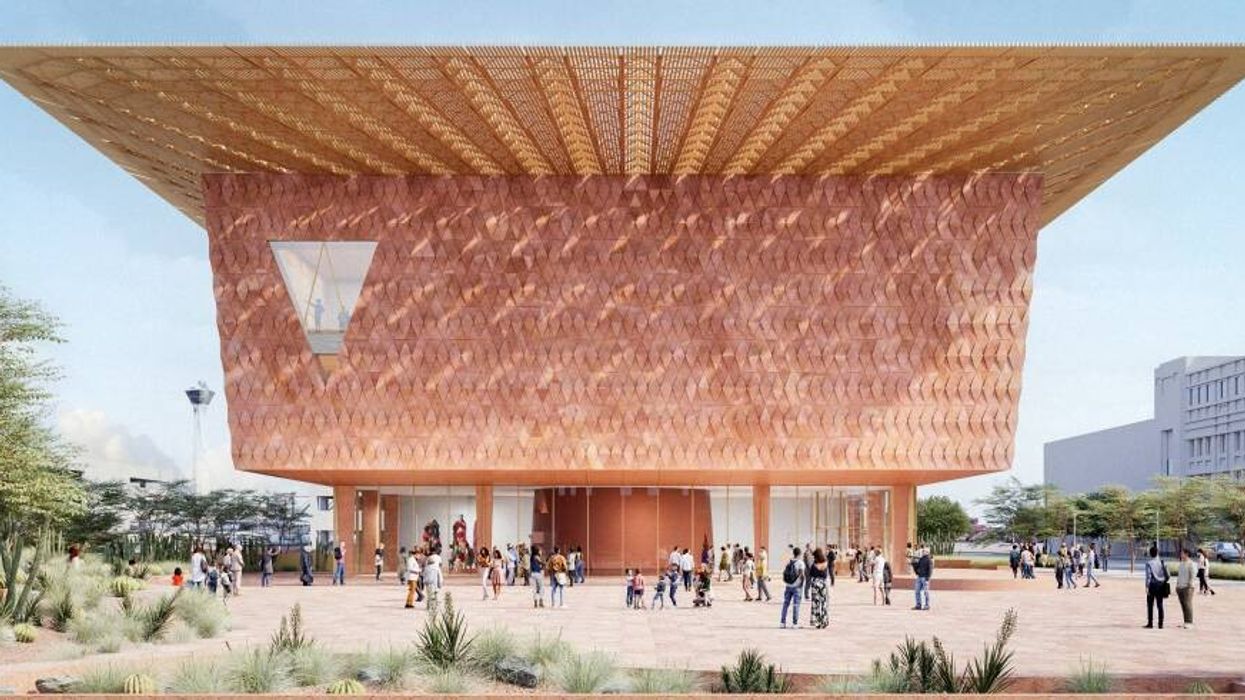
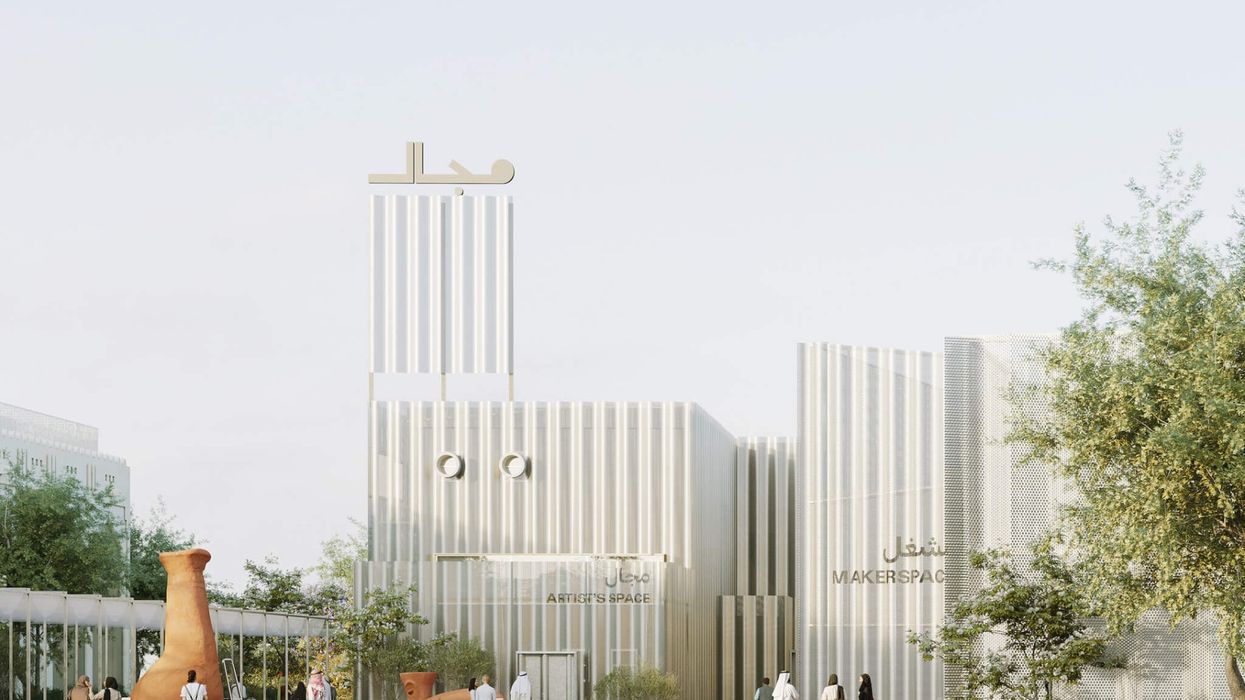
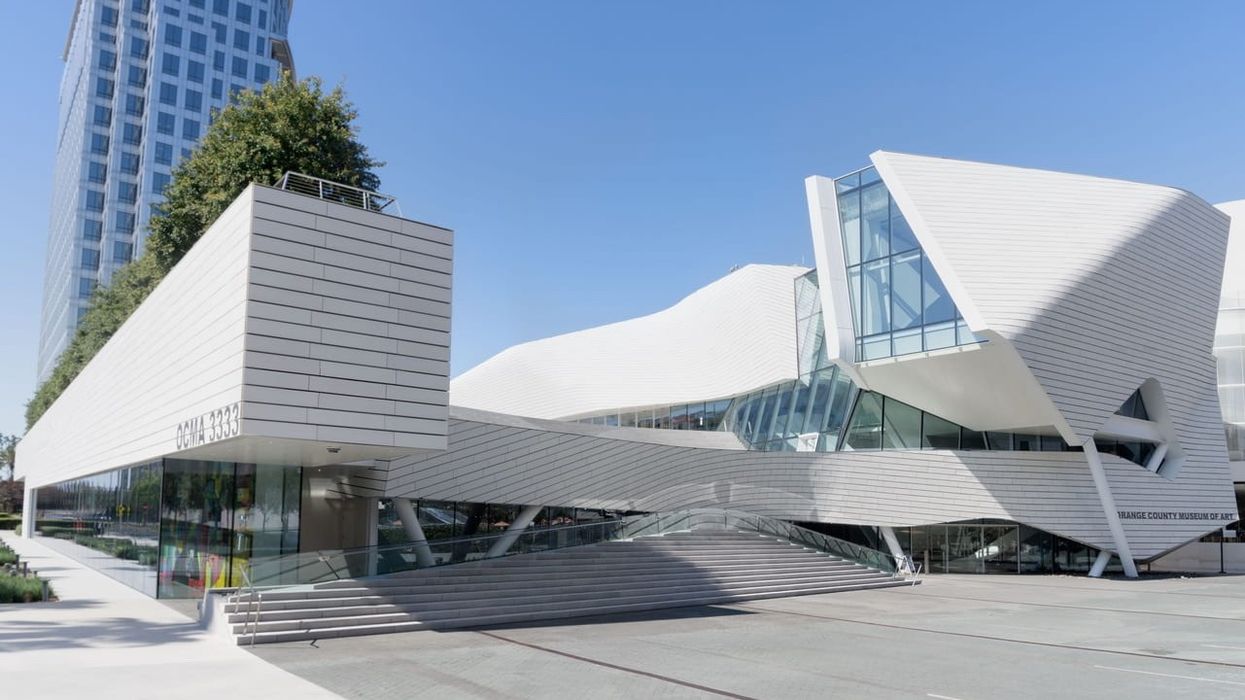
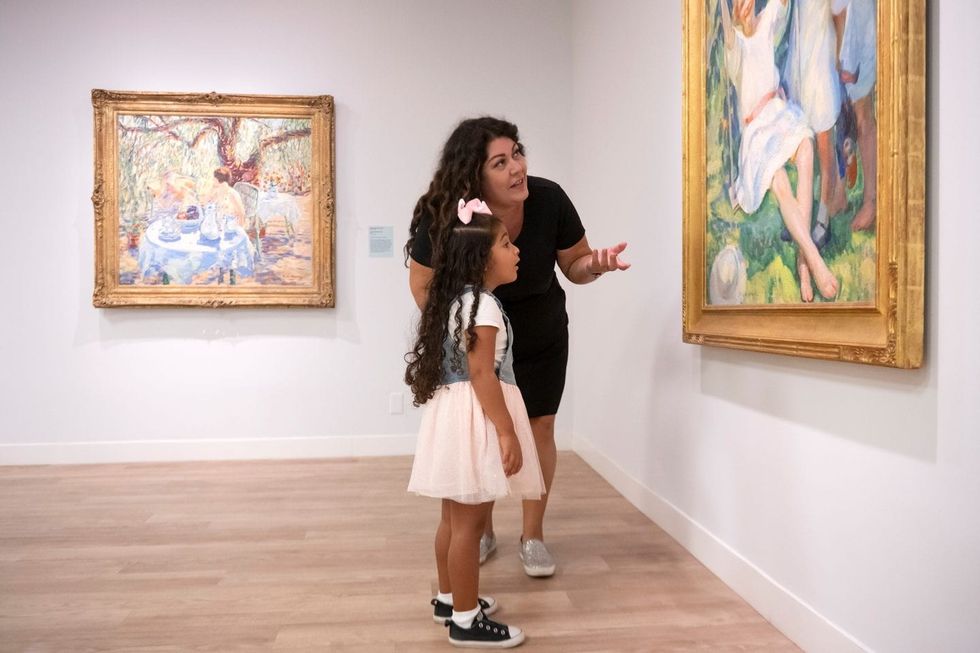
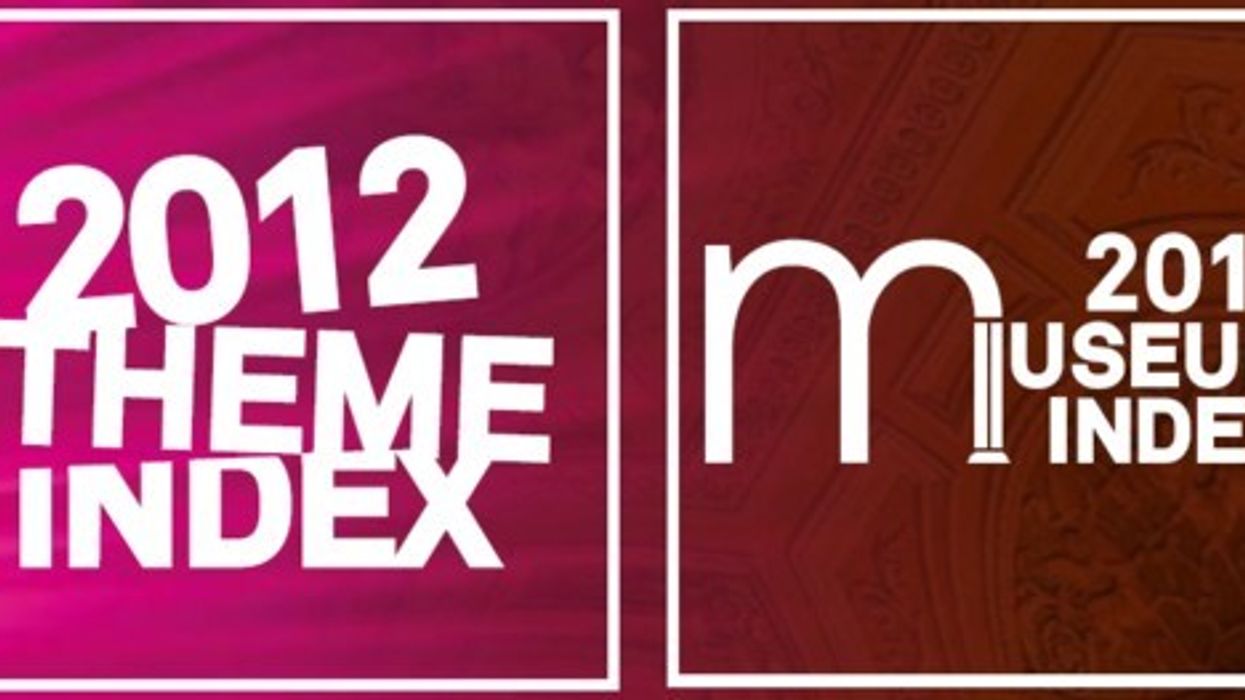
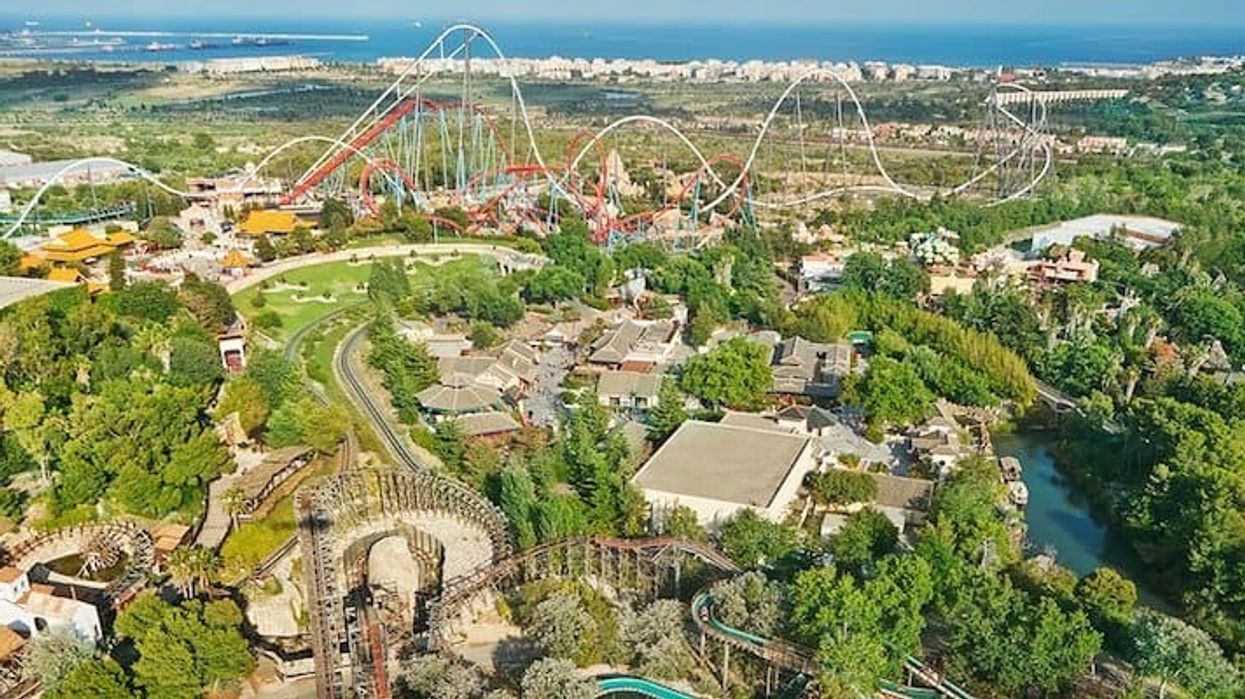
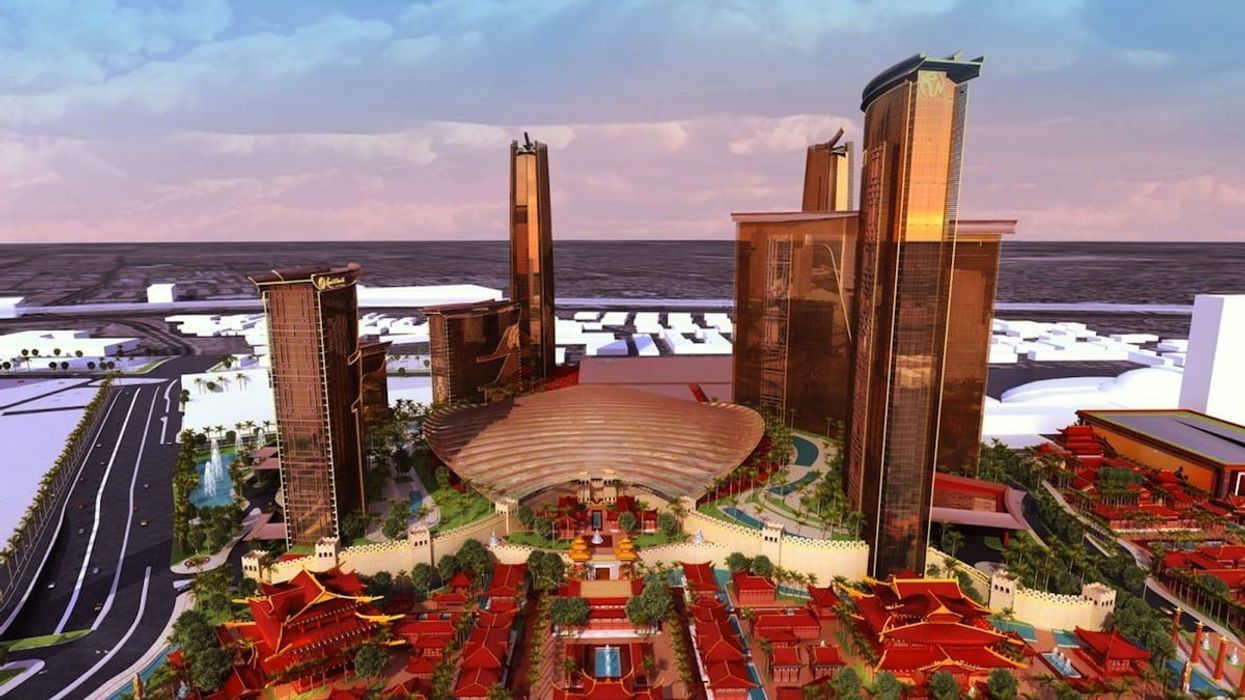
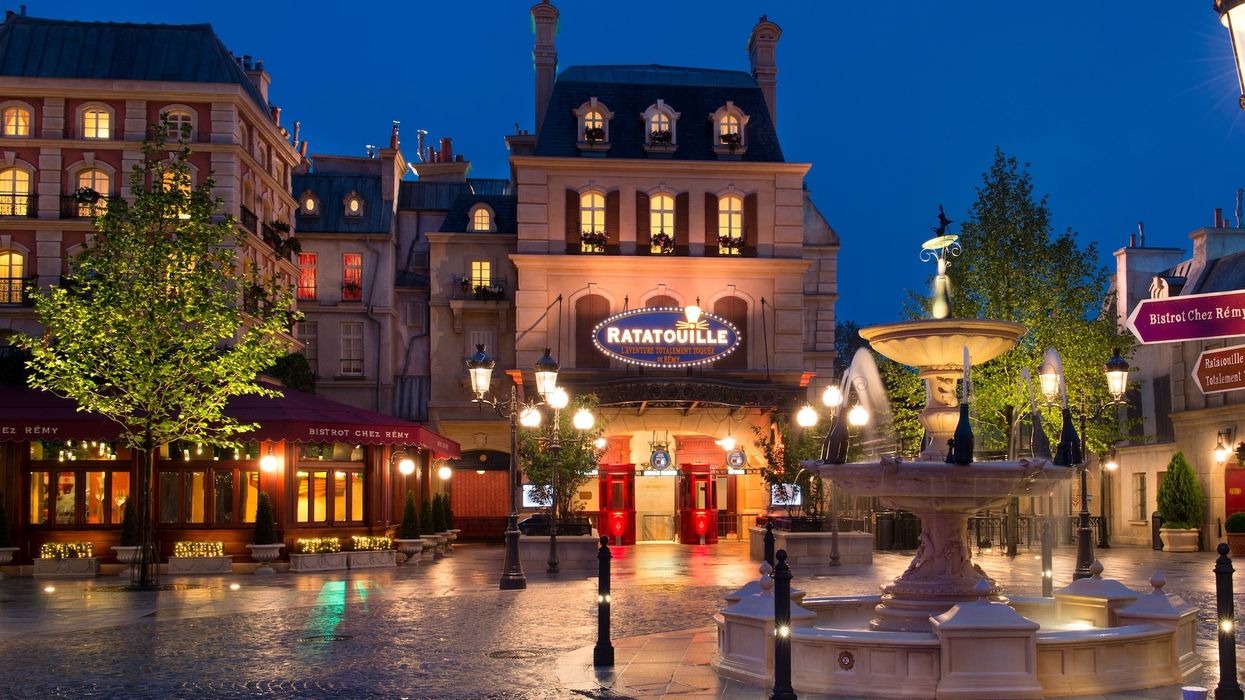
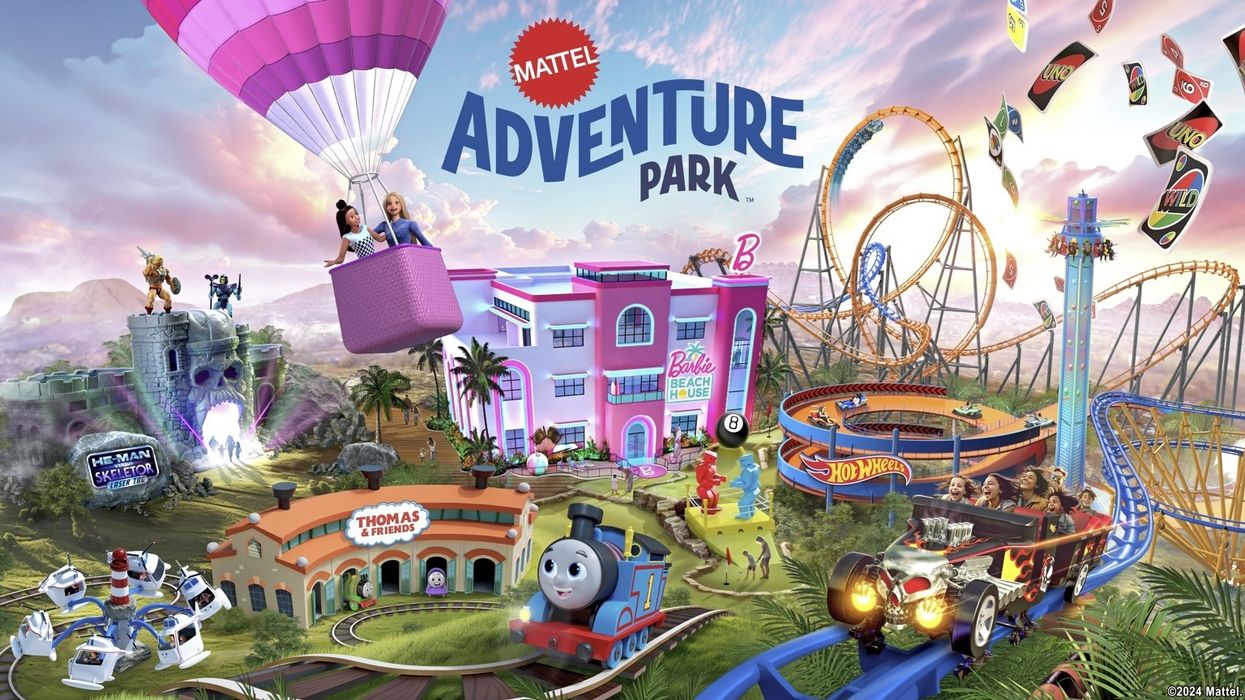
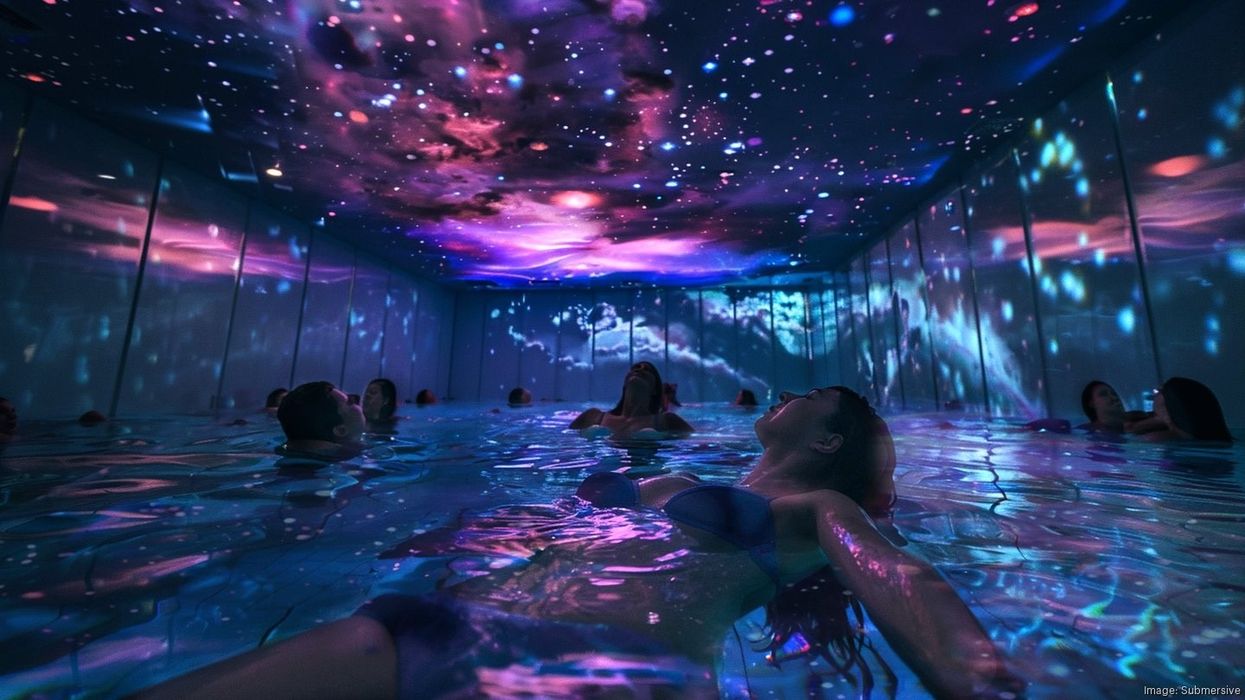
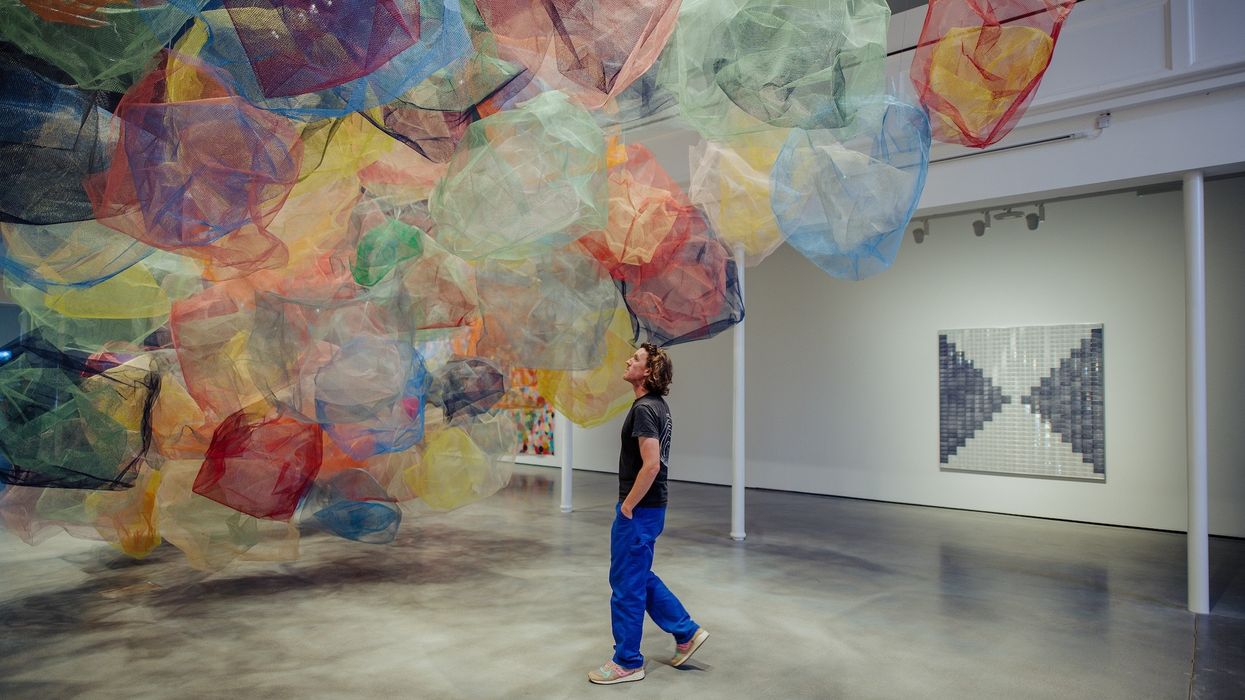
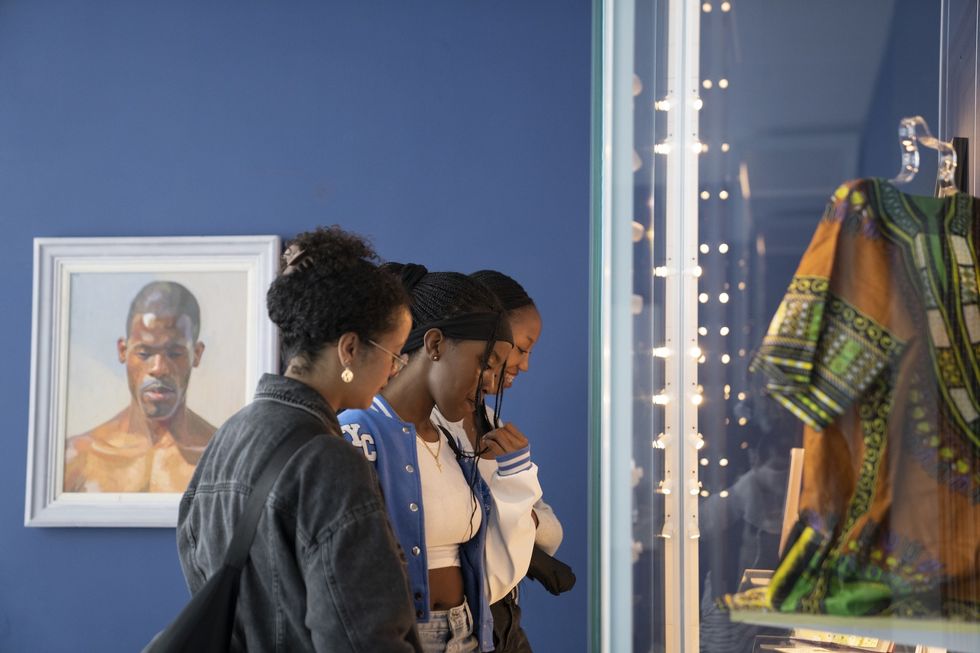
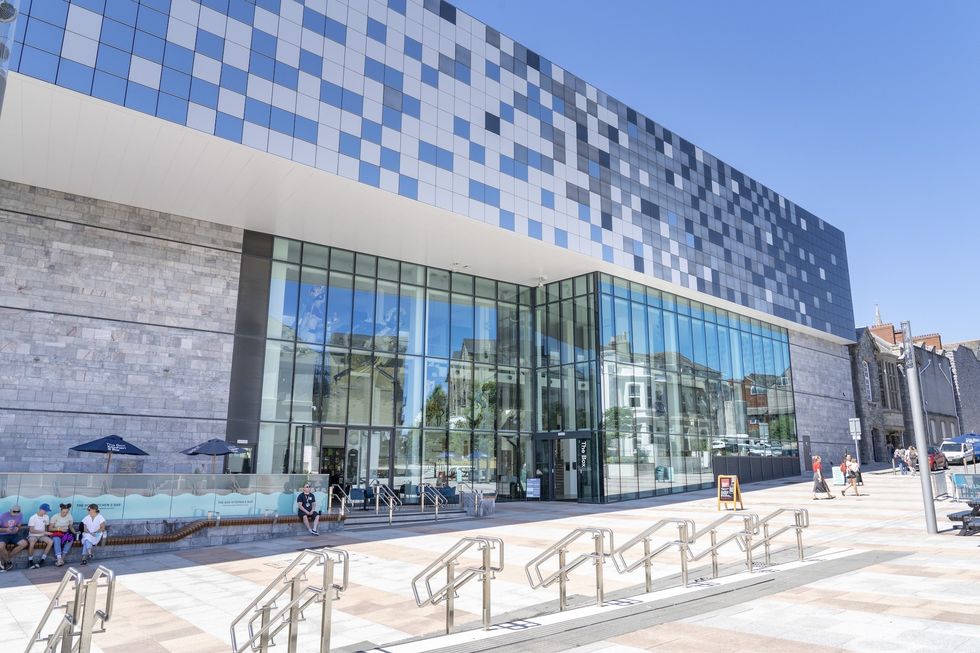
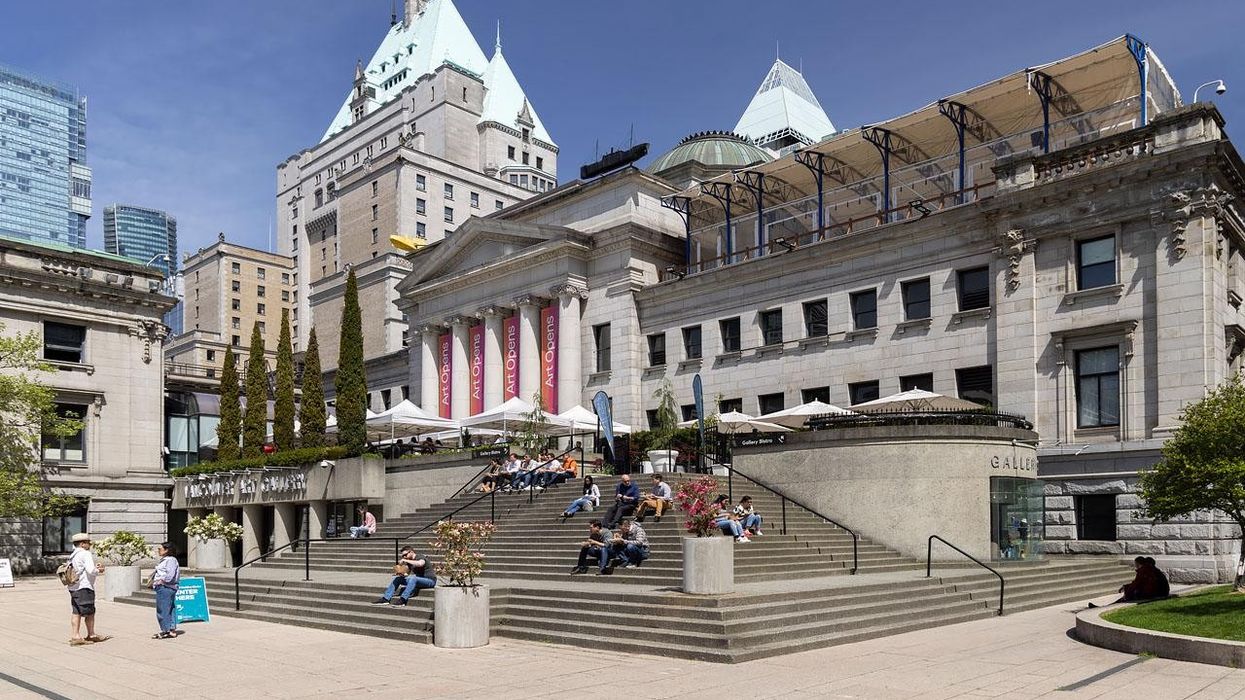
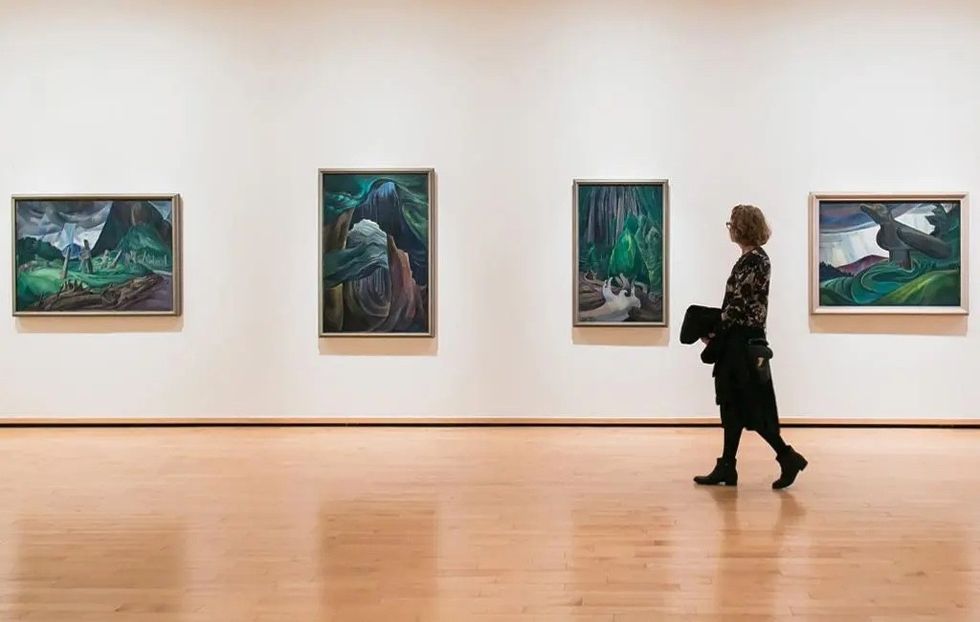
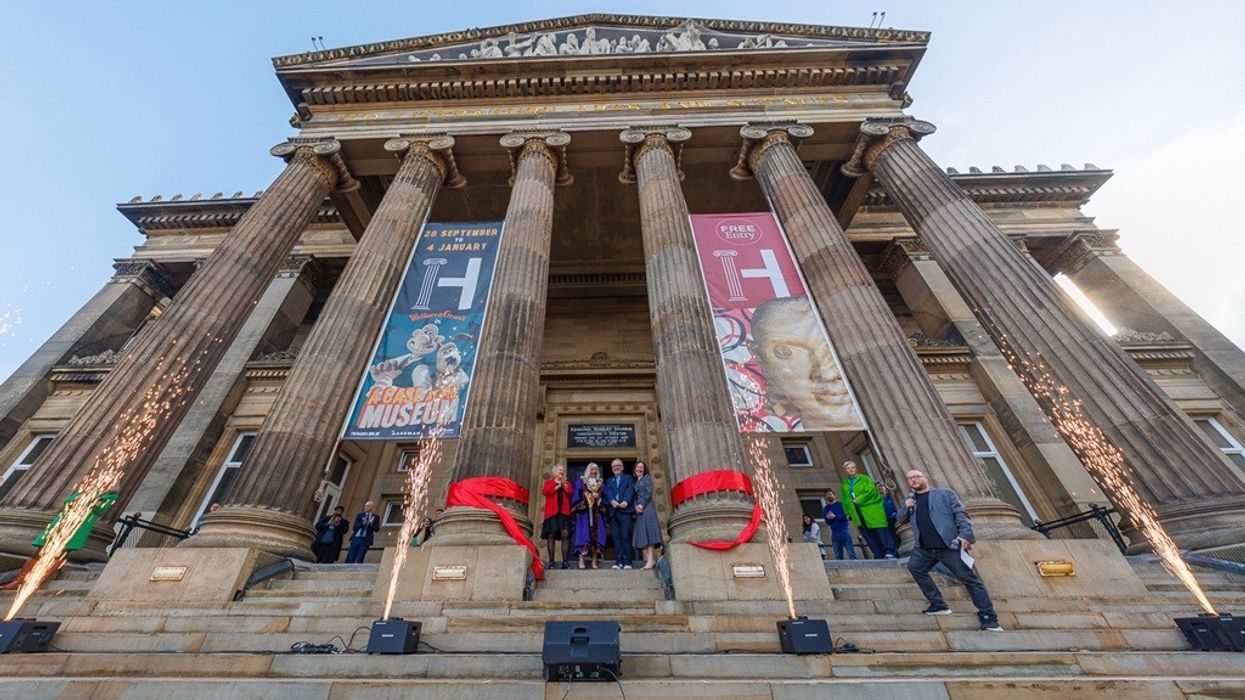
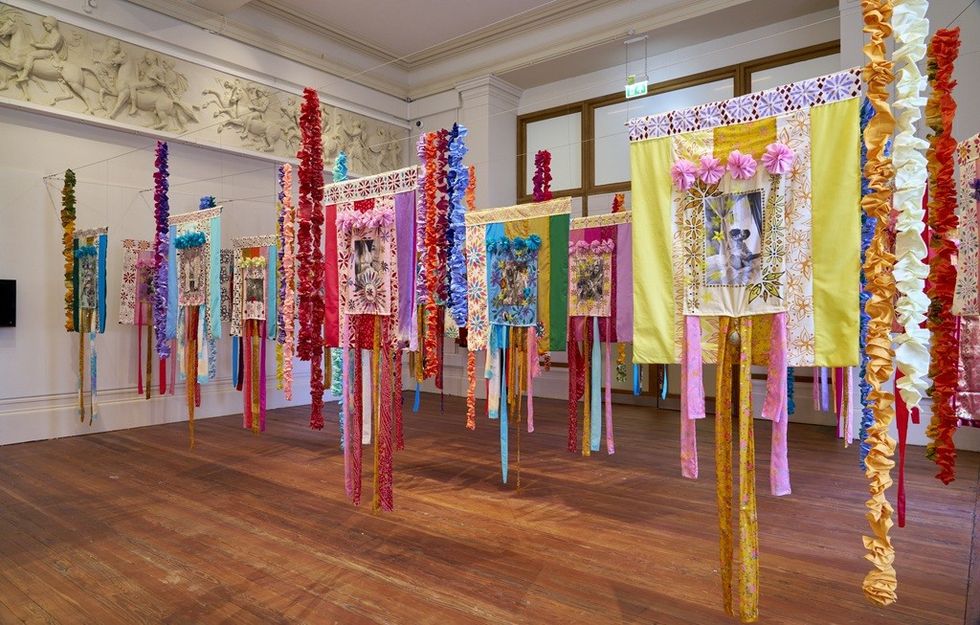 Courtesy Simon Critchley Photography
Courtesy Simon Critchley Photography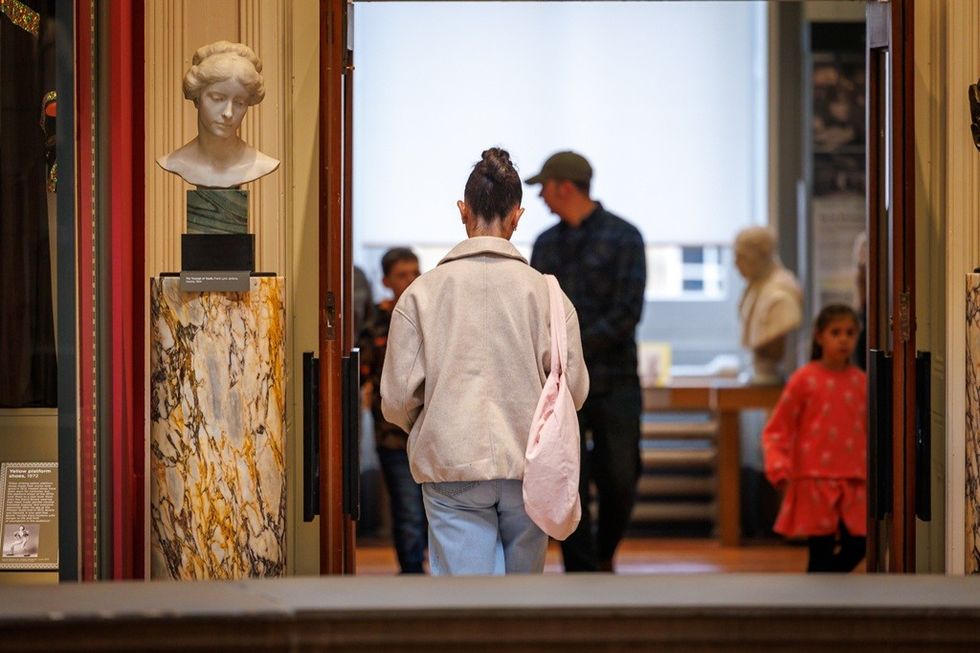 Courtesy Michael Porter Photography
Courtesy Michael Porter Photography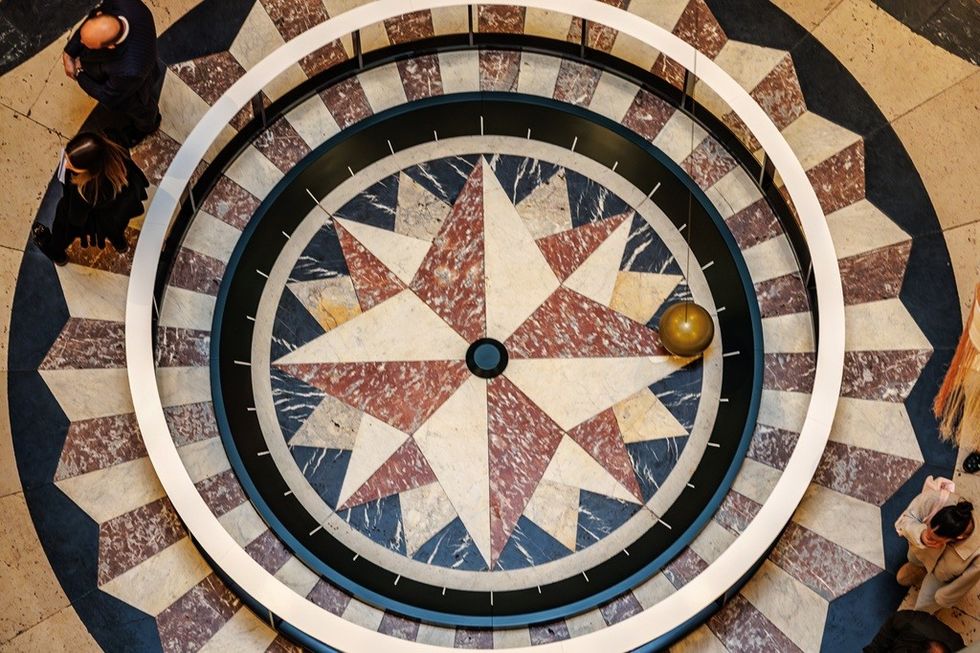 Courtesy Michael Porter Photography
Courtesy Michael Porter Photography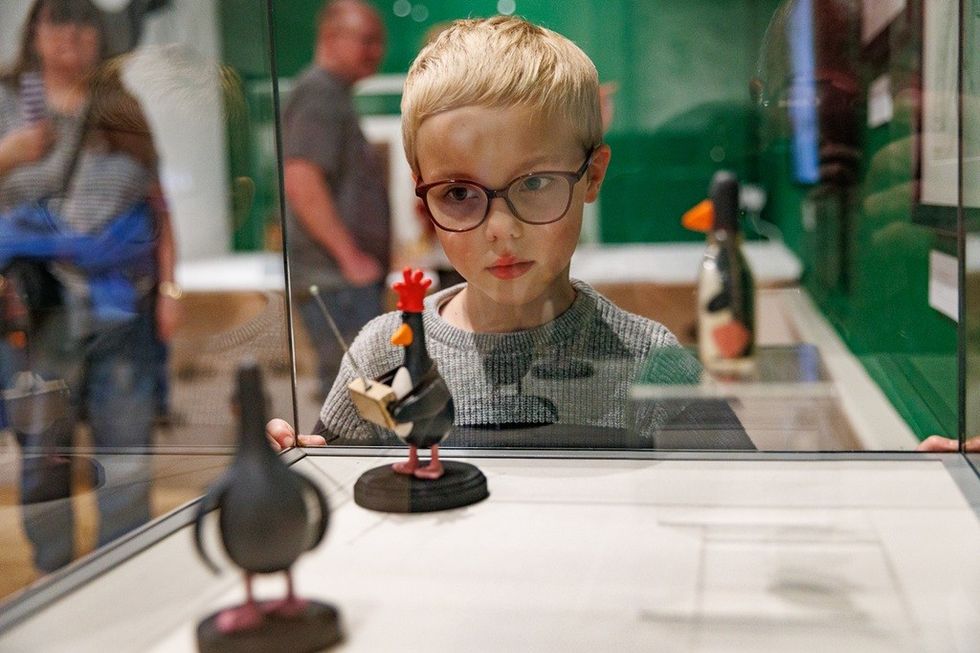 Courtesy Michael Porter Photography
Courtesy Michael Porter Photography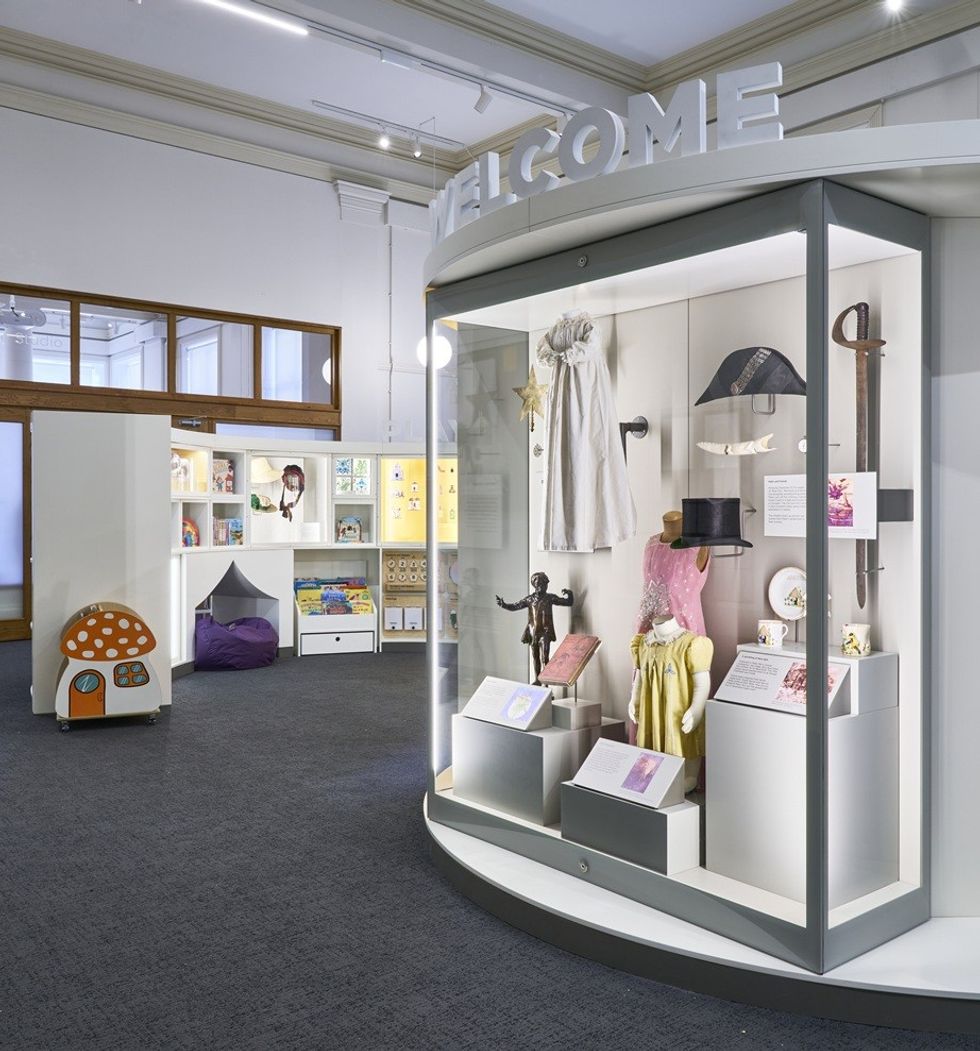 Courtesy Simon Critchley Photography
Courtesy Simon Critchley Photography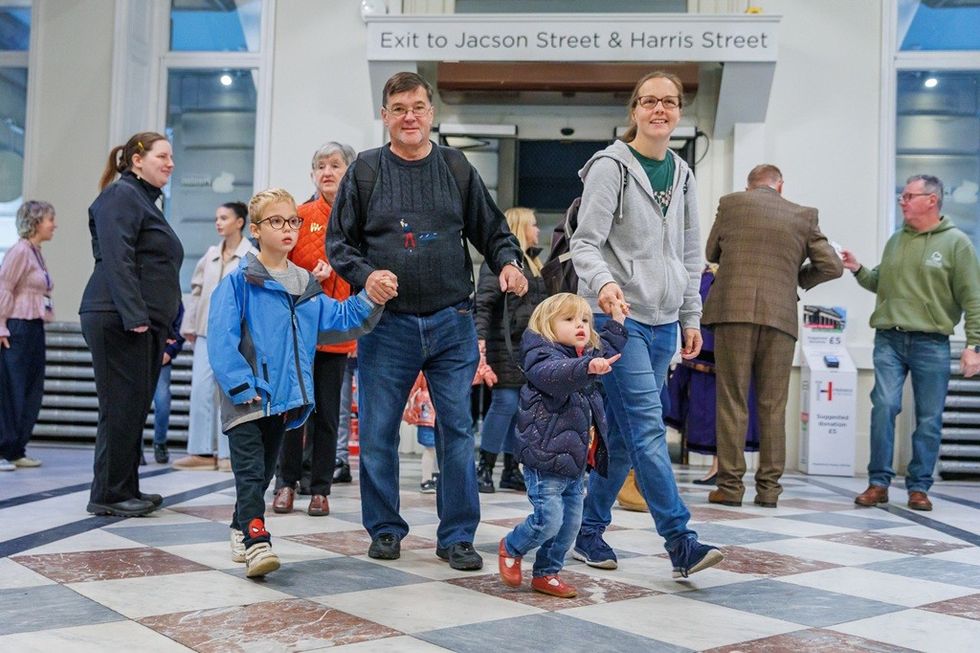 Courtesy Michael Porter Photography
Courtesy Michael Porter Photography